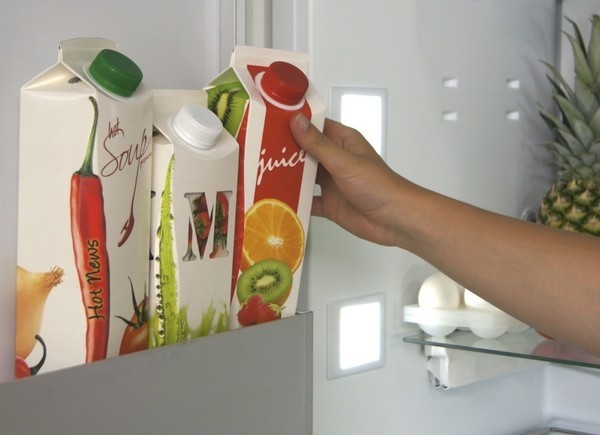From Uganda to Borneo: Elopak ramps up its sustainable efforts to become CarbonNeutral

The announcement comes months after Elopak became the first Norwegian packaging company to join the RE100 campaign, committing to sourcing 100% renewable electricity from 2016 onwards for all its production and administration units worldwide, excluding two joint ventures.
Carbon neutral beverage cartons
The carbon neutral certification is in accordance with The CarbonNeutral Protocol and has been verified by an independent third-party, Anthesis Consulting Group.
Elopak FutureProof 2020 vision:
1. Renewable raw materials – no foil-no oil
2. Sustainable energy – a 25% reduction in energy use per produced carton
3. Sustainable logistics – a 15% CO2 reduction per blank per km travelled
4. Customer operations efficiency – a 25% reduction in TCO1
5. Total recycling – zero waste
Niels Petter Wright, CEO, Elopak, told DairyReporter the company has envisioned becoming carbon neutral since 2012, offering carbon neutral beverage cartons.
“Now we have achieved this milestone well-ahead of schedule. Elopak wishes to achieve absolute sustainability and be a company with zero net impact on the environment, and our carbon neutrality program brings us several steps closer to this vision,” he said.
“We announced a program of environmental initiatives in 2008 because we recognized in the medium- to long-term, there would be a clear business imperative to respond to customer demands for more sustainable and transparent business practices.
“We realized we would inevitably encounter stricter regulatory regimes. And we wanted to reduce our reliance on finite non-renewable resources and to insulate ourselves from any related cost implications, caused by any future volatility in raw material and energy prices.”
100% FSC paperboard
Elopak’s FutureProof 2020 strategy includes using no foil or oil in any of its products; to use 100% renewable materials for all barriers in its cartons and caps and to use 100% FSC paperboard.
Kristian Hall, director, Corporate Environment, Elopak, said as part of its CarbonNeutral status, residual greenhouse gas emissions are offset by projects outside of its value chain, including supporting a Ugandan cooking stove project and a REDD+ (Reducing Emissions from Deforestation and Forest Degradation) rainforest protection project in Borneo, where 65,000 hectares of tropical rainforest are being preserved.
Wright said with regards to ‘barriers,’ such as plastics and aluminum, and printing and finishing processes, the firm faces a bigger challenge ‘but not one which is insurmountable.’
The Ugandan Improved Cookstoves project subsidizes the sale of fuel-efficient biomass and charcoal cookstoves across Uganda to improve cooking conditions and reduce indoor air pollution. The Gold Standard project offers microcredit to help rural and peri-urban households and institutions, such as schools, who are unable to afford upfront costs. Since the project began in 2006, over 300,000 stoves have been sold.
Based on the island of Borneo, Indonesia, the REDD+ project preserves carbon-dense tropical peat swamp by helping to halt deforestation of roughly 47,000 hectares of forest that were originally slated for conversion to palm oil plantations. The project focuses on community development and biodiversity conservation, particularly the protection of the endangered Borneo orangutan.
“Alternative materials are already beginning to emerge and, thanks to the sheer force of market pressures, many more are set to follow. For our part, we will actively encourage innovation among our suppliers. We will rigorously test and implement raw materials as they become available,” he added.
Typically, an Elopak carton will be composed of 85% paperboard to provide the structure of the carton. It sources as much as it can from FSC (Forest Stewardship Council) certified sources. The remainder comes from forests that are managed according to FSC Controlled Wood standards.
A thin layer of plastic (polyethylene, or ‘PE’) protects the product inside and in some cartons there are additional oxygen and light barriers such as aluminum and EVOH (ethylene vinyl alcohol).












